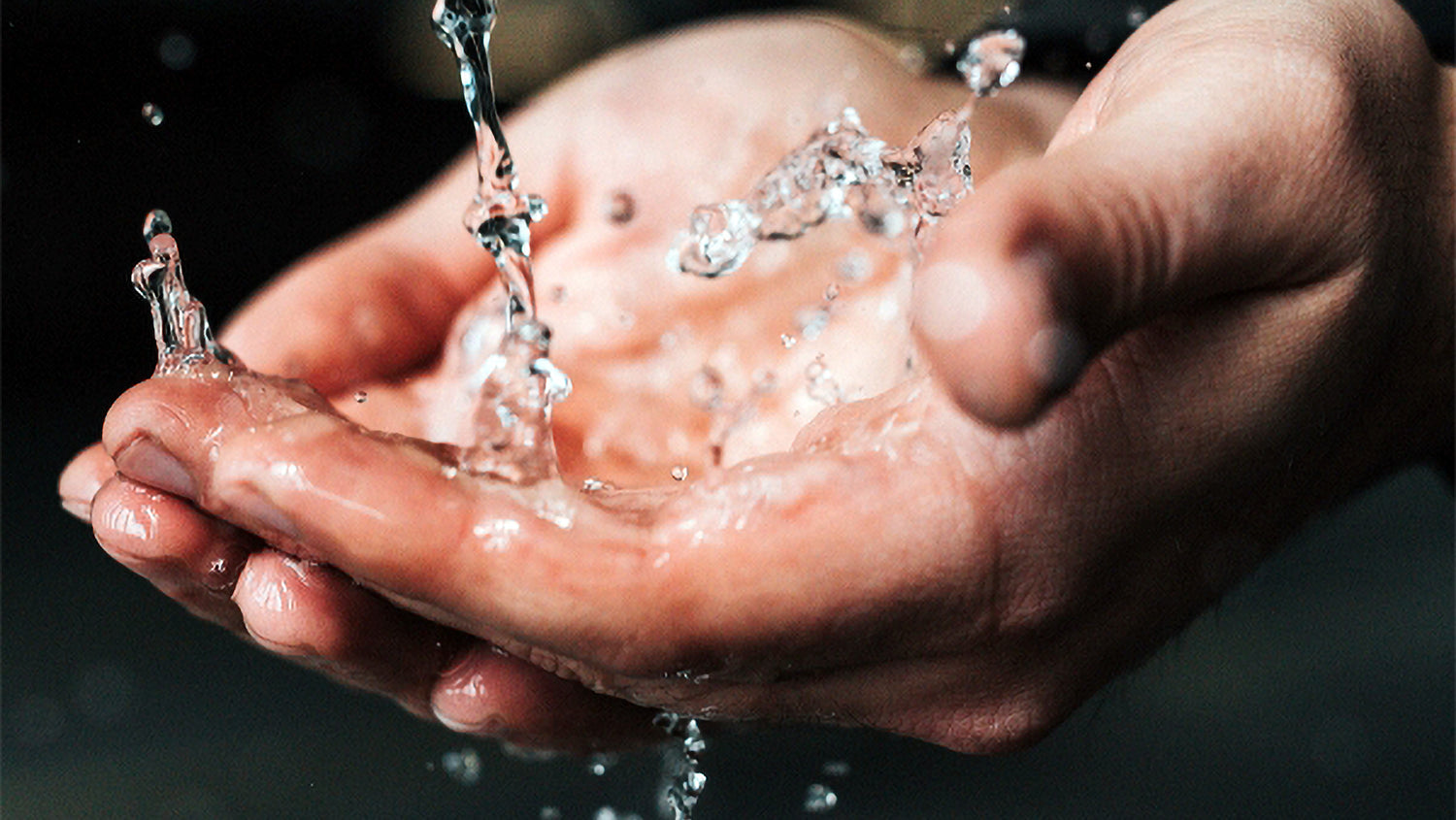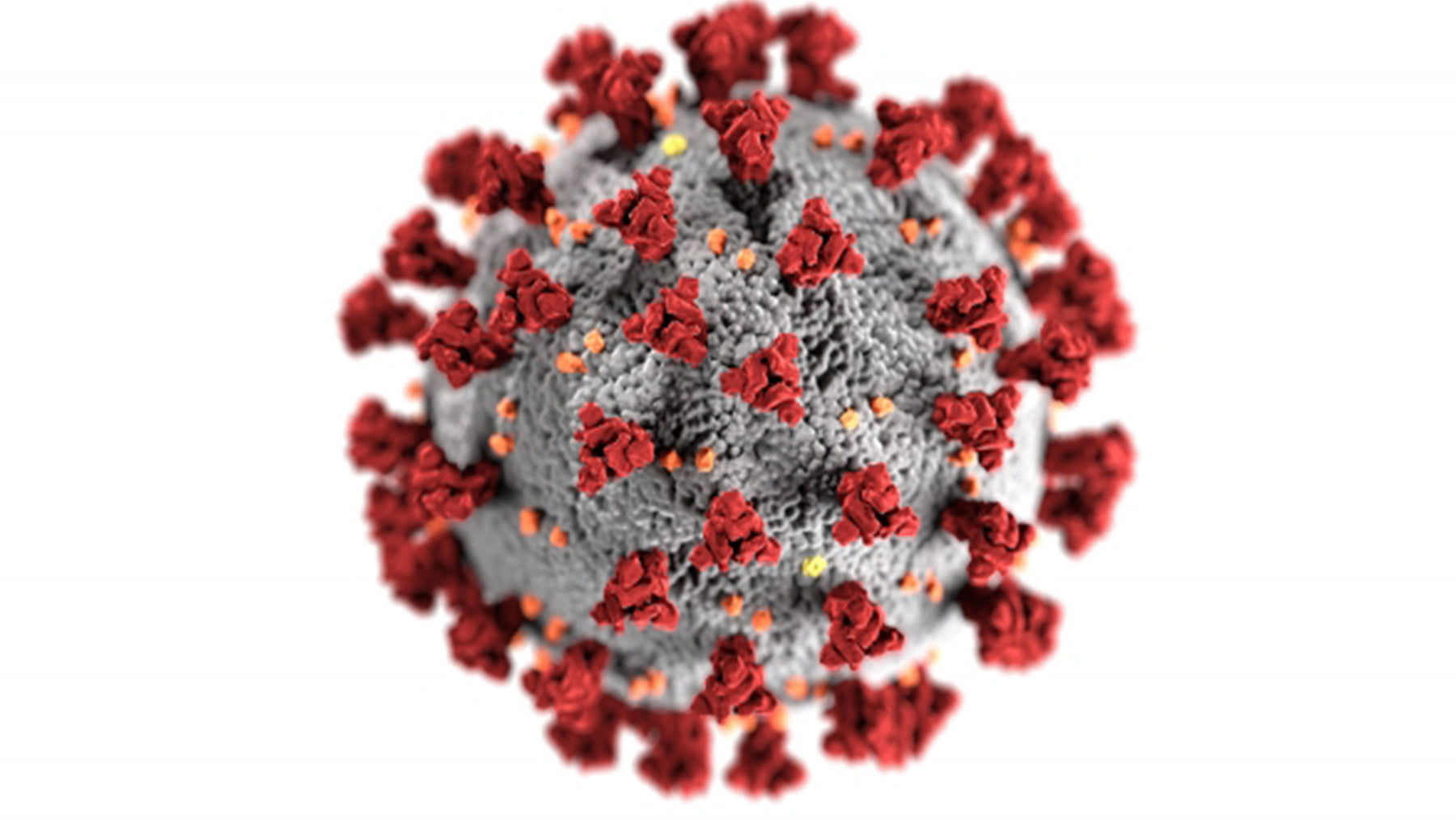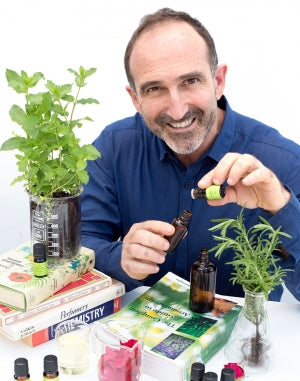The Center for Disease Control and Prevention (CDC) recommends washing hands with soap and water wherever possible as handwashing reduces the amount of all types of germs and chemicals on the hands. If soap and water are not available, using a hand sanitizer with at least 60% alcohol will reduce the risk of infection and spreading the infection to others.1 It must also be noted if the hands are greasy or soiled, hand sanitizers may not work sufficiently. Therefore, hand washing with soap and water is recommended.1, 2
Studies have reported that hand sanitizers with alcohol concentration of 60 to 95% are more effective at killing microorganisms than those with a lower alcohol concentration or non-alcohol-based hand sanitizers.1,3 Studies involving transmission of respiratory and gastrointestinal infection have confirmed the use of alcohol-based hand sanitizers reduces the rate of respiratory illness transmission.4,5
A CDC report rates alcohol at optimum concentrations 60% – 95% in hand-hygiene antiseptic products as having fast antimicrobial spectrum activity. However, the report states that it does not have persistent activity, so it would be wise to regularly reapply.6 Many studies have identified handwashing with soap and water is more efficacious than alcohol-based hand rubs to prevent antimicrobial infection.7
One study was concerned about damage and irritation caused to the hands by hand washing. The same report suggested the use of alcohol-based hand rubs containing various emollients instead of irritating soap and detergents as a strategy to reduce skin damage and irritation.
There appears to be some conflicting information the role of handwashing and using a hand sanitizer. One study found that soap had the lowest antimicrobial efficacy of all. However, I understand while alcohol is considered one of the most efficacious antimicrobial agents, hand washing with soap and water provides the best mechanical removal of the pathogen during hand washing.3 Therefore, a strategy that involves both regular hand washing with soap and water, and hand sanitizing with an alcohol-based hand sanitizer is highly recommended.
References
1. Show me the science – when and how to use hand sanitizer in community settings | handwashing |CDC, downloaded on 19 March 2020 from https://www.cdc.gov/handwashing/show-me-the-science-hand-sanitizer.html
2. Pickering AJ et al. Efficacy of alcohol-based hand sanitizer on hands soiled with dirt and cooking oil. Journal of Water & Health. 2011;9(3):429-433.
3. Kampf G, Kramer A. Epidemiologic background of hand hygiene and evaluation of the most important agents for scrubs and rubs. Clinical Microbiological Review. 2004;17(4):863-93.
4. Lee GM et al. Illness transmission in the home: a possible role for alcohol-based hand gels. Pediatrics. 2005;115(4):852-60.
5. Sandora TJ et al. A randomised, controlled trial of a multifaceted intervention including alcohol-based hand sanitizer and hand-hygiene education to reduce illness transmission in the home. Pediatrics. 2005;116(3): 587-94.
6. Appendix: Antimicrobial spectrum and characteristics of hand-hygiene antiseptic agents. Downloaded on 19 March 2020 from https:/www.cdc.gov/mmwr/preview/mmwrhtml/rr5116a2.htm
7. Ooghton MT et al. Hand hygiene with soap and water is superior to alcohol rub and antiseptic wipes for removal of clostridium difficile. Infection Control & Hospital epidemiology. 2015;30(10):939-44.




